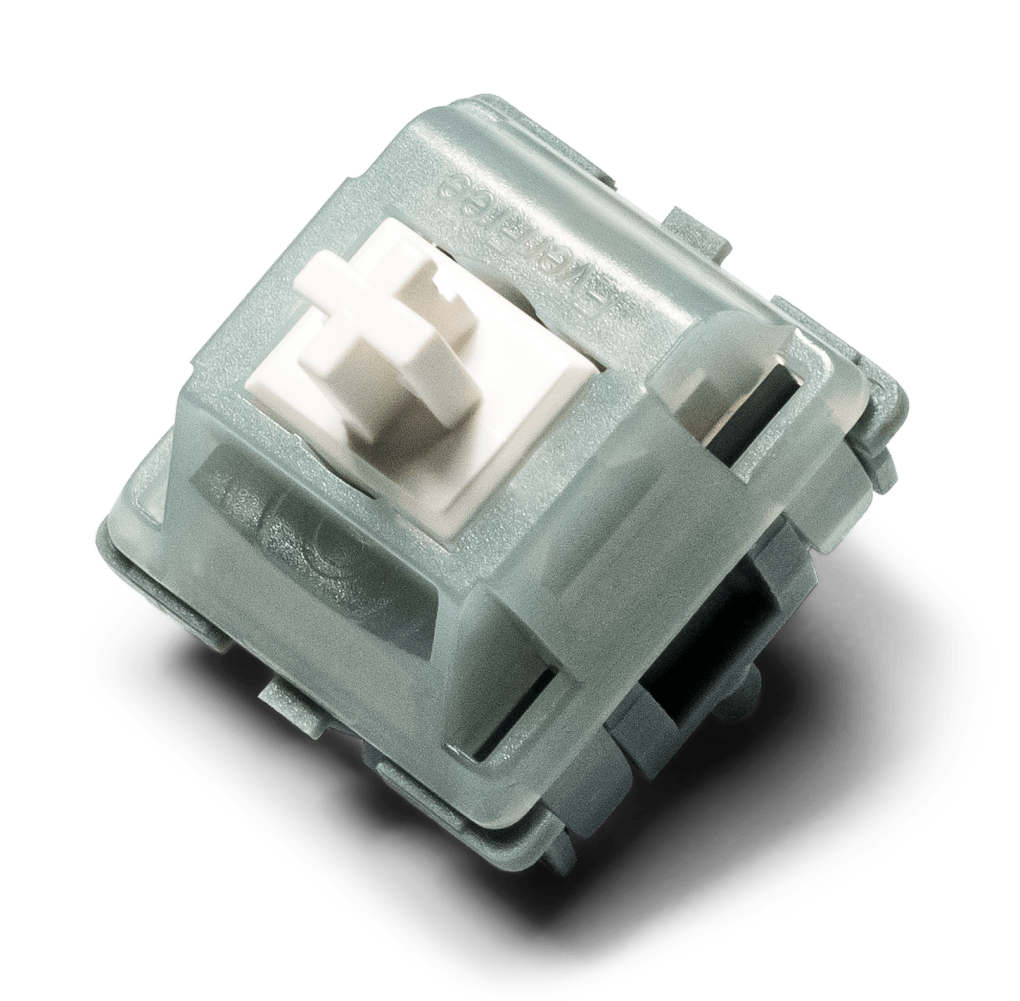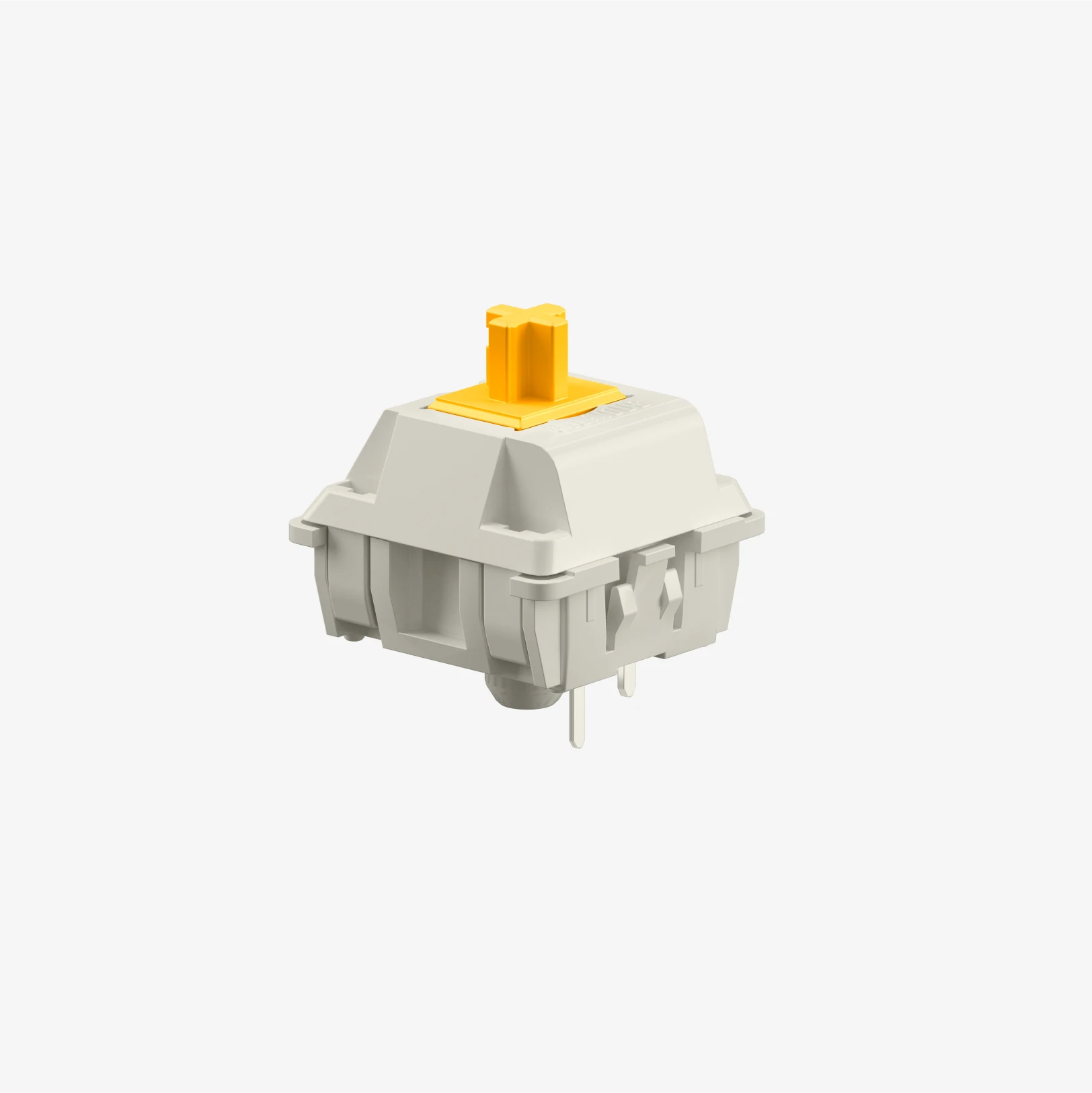For a balanced feel, many users recommend tactile switches over linear options.
Understanding the Benefits of Tactile Switches for Boosted User Experience
Responsive buttons are important to modern-day interface, supplying physical responses that improves communication precision and customer satisfaction. These systems are especially useful in settings where rate and accuracy are critical, such as in pc gaming or expert settings. By supplying an unique experience upon activation, responsive switches confirm individual inputs without the demand to divert aesthetic focus, enhancing job execution and decreasing error rates. This blend of instant physical response and reliability welcomes further expedition into their wider implications and advantages.
Exploring the Mechanics of Tactile Switches
To understand how tactile switches enhance user experience, it is essential to delve right into their technicians. Tactile buttons run with a mechanism that users can really feel and listen to when a secret is pushed.
The building of these switches varies, yet usual products consist of steel for the get in touches with and rubber or silicone for the responsive dome - tactile switches. These elements are crafted to withstand numerous cycles, making sure toughness and constant efficiency over time. This reliability makes responsive buttons especially favored in settings that require quick, specific customer input
How Tactile Feedback Enhances Accuracy and Speed
Lots of users discover that responsive feedback from switches considerably boosts both the accuracy and speed of their communications with devices. The unique physical experience offered when a tactile switch is actuated permits users to verify their input without requiring to double-check visually. This verification is essential in settings where focus is split throughout multiple jobs, as it makes sure inputs are both intentional and correct.
Additionally, the prompt responses from tactile buttons reduces the moment taken in between activities. Customers do not have to press keys several times to make certain activation, causing quicker feedback times. This performance is particularly valuable in high-speed typing circumstances where each nanosecond can contribute to visit the website general performance.

In addition, the improved sensory experience reduces user fatigue and increases involvement, making communications a lot more user-friendly and much less susceptible to errors - tactile switches. Thus, tactile buttons not just improve the performance of a gadget but also add to an extra gratifying individual experience
The Function of Tactile Changes in Gaming Efficiency

Moreover, tactile buttons contribute to quicker response times. The physical experience confirms the essential press without the requirement to bad the keys, allowing quicker inputs and a smoother pc gaming experience. This is particularly valuable in video games that require rapid and repeated keystrokes, where discover this info here rate is often as important as accuracy.

Tactile Switches in Specialist Settings
Responsive buttons are equally transformative in specialist atmospheres, where efficiency and ergonomic layout moved here improve productivity. These buttons, typically located in high-precision keyboards, are treasured for their responsive responses - tactile switches.
In setups like control spaces or studios, responsive switches are integrated right into equipment for their reputable efficiency. They provide drivers the certainty required in high-stakes settings, making sure that every command or adjustment is executed as meant. This integrity, coupled with the responsive response, aids maintain high degrees of focus and operational efficiency, critical in maintaining process and conference specialist criteria.
Contrasting Tactile and Non-Tactile Individual User Interfaces
How do responsive customer interfaces contrast to their non-tactile counterparts? Responsive interfaces, such as those with physical buttons or textured surface areas, offer instant physical feedback via touch.
The option in between tactile and non-tactile user interfaces commonly depends on the application's context and user demands. Responsive user interfaces are very useful in scenarios needing operation without straight line of view, such as driving or in certain industrial settings.

Conclusion
In verdict, tactile buttons dramatically boost user experiences by giving essential physical feedback. By using a much more intuitive and pleasing interaction, tactile switches confirm superior to non-tactile interfaces, making them a recommended selection for customers seeking reliability and efficiency in their communications with modern technology.